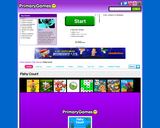
For this interactive, students count the fish shown and click on the shell with the correct number.
- Subject:
- Mathematics
- Material Type:
- Interactive
- Provider:
- Primary Games, Inc
- Author:
- Primary Games, Inc.
- Date Added:
- 02/26/2019

For this interactive, students count the fish shown and click on the shell with the correct number.
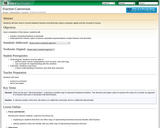
In this lesson, students explore using decimals to represent fractional amounts. Students compare fractions to decimal amounts.
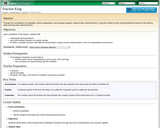
In this lesson, student explore fractions using themselves as manipulatives. Teacher reads the students a story about a King that divides his "subjects" into different groups creating fractions. Students discuss the fractional parts that are created and work in pairs to place small squares into equal groups.
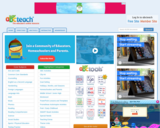
The resource has standards based lesson plans, graphic organizers, puzzle makers, handwriting tools, clip art, etc. Even though abcteach is through subscription, there are free resources available to teachers. Teachers can create a free teacher account to access the free resources.

Students will learn about additional mineral identification properties and how to use mineral tests to distinguish between similar looking specimens, and also study soil porosity and create and measure crystal growth.

These thematic lessons introduce students to the various phases involved in mining, different types of mines, how ore is processed, how mineral deposits were formed, how modern mines can operate safely and sustainably, and why minerals are important to our everyday lives.

This theme teaches students about open pit and underground mining, including safety and environmental considerations. It also introduces students to a wide range of mining careers. Students will build models of open pit and underground mines, with increasing complexity in each age category.

This theme covers the processes involved in mining, from exploration and site development to reclamation. The core lesson plan is a game in which students explore the various phases involved in the development of a mine and the economic aspects of these phases. Through this game, students will gain an understanding of the decision-making processes involved in determining whether an ore body can be profitably mined.

This theme explores the different methods that can be used to extract and purify valuable minerals from mined ore. Students will conduct a series of experiments to learn about the processes of crushing, milling, extraction, leaching, flotation and purification.
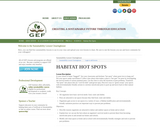
Students will collect clues about what makes a "hot spot" for pests by investigating the survival needs of various potential pests. Then they will brainstorm ways to transform these spaces into "cool-for-kids" areas and ways to "green sweep" their spaces with environmentally friendly actions to protect against unwanted pests.
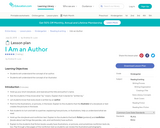
In this lesson, students will understand the concept of an author and their role. Then, students will take on the role of author by writing their own mini-book.

In this lesson, students will correctly identify parts of a book.

Students are provided with a scenario and asked to determine which amounts of postage is it impossible to make using only five-cent and seven-cent stamps? The mathematics task is intended to be a problem or question that encourages the use of mathematical practices. The dialogue is meant to show how students might engage in the mathematical practices as they work on the task.

Students are provided with a scenario and asked to determine which amounts of postage is it impossible to make using only five-cent and seven-cent stamps? The mathematics task is intended to be a problem or question that encourages the use of mathematical practices. The dialogue is meant to show how students might engage in the mathematical practices as they work on the task.

Students are the results of pre-test scores and asked to determine what the scores seem to say about how much the students in each class already know about the topic of this test. The mathematics task is intended to be a problem or question that encourages the use of mathematical practices. The dialogue is meant to show how students might engage in the mathematical practices as they work on the task.
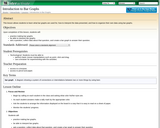
This lesson allows students to learn what bar graphs are used for, how to interpret the data presented, and how to organize their own data using bar graphs.
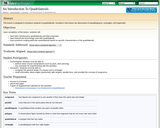
In this lesson, students are introduced to different quadrilaterals. Students will discuss and compare rectangles, parallelograms and trapezoids.

Students make an isosceles triangles using a geoboard. The mathematics task is intended to be a problem or question that encourages the use of mathematical practices. The dialogue is meant to show how students might engage in the mathematical practices as they work on the task.

In this engaging interactive, students unscramble a list of words and then use the circled letters to unscramble the bonus solution.

Kakooma is an interactive math puzzle game where students are challenged to search within a group of numbers to find the number that is the sum of two others (or the product of two others in the multiplication level.) To solve a single puzzle, students often end up doing dozens of calculations in their head, sometimes more than a hundred! This is a great game for practicing addition and/or multiplication fluency.